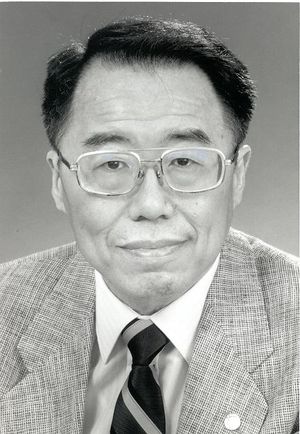Chih-tang Sah
- Birthdate
- 1932
- Birthplace
- Beijing, China
- Awards
- IEEE Jack A. Morton Award, Browder H. Thompson Paper Prize, J.J. Ebers Award
Biography
Dr. Chih-tang Sah is recognized widely for his contributions to transistor physics and technology. He received the IEEE Jack Morton Award in 1989 for these contributions.
Dr. Sah was born in Beijing in 1932. He earned to Bachelor's degrees--one in Electrical Engineering and the other in Engineering Physics--from the University of Illinois in 1953. He received his Master's and Ph.D. degrees from Stanford University in 1954 and 1956, respectively. Dr. Sah began his career in 1956 when he joined William Shockley, working with solid-state electronics. Three years later, he joined the Fairchild Semiconductor Corporation, where he remained until 1964. During his career at Fairchild, Dr. Sah directed the Physics Department, where his team was responisible for developing the first manufacturing technologies for silicon bipolar MOS transistors and integrated circuit technology. Dr. Sah joined the faculty of the University of Illinois-Urbana-Champaign in 1962, where he was a professor of physics and electrical engineering. He remained here until 1988, when he joined the University of Florida as a Graduate Research Professor.
Dr. Sah has published and researched extensively. He has authored nearly 280 journal articles and has presented about 60 papers across the globe on the topics of transistor physics, technology, and evolution. Dr, Sag also published a multi-volume textbook entitled the Fundamentals of Solid State Electronics (1991), which also includes a study guide (1993) and Solution Manual (1996). In 2003, the textbook was translated into Chinese.
In addition to the Morton Award, Dr. Sah has also received the Browder H. Thompson Paper Prize (1962) and the J.J. Ebers Award (1981), both from the IEEE. Dr. Sah has received numerous other awards throughout his career, and is a lifetime fellow of the American Physical Society, the IEEE, and the Franklin Institute. He is also a Fellow of the American Association for the Advancement of Science and was elected to the U.S. National Academy of Engineering in 1986.
